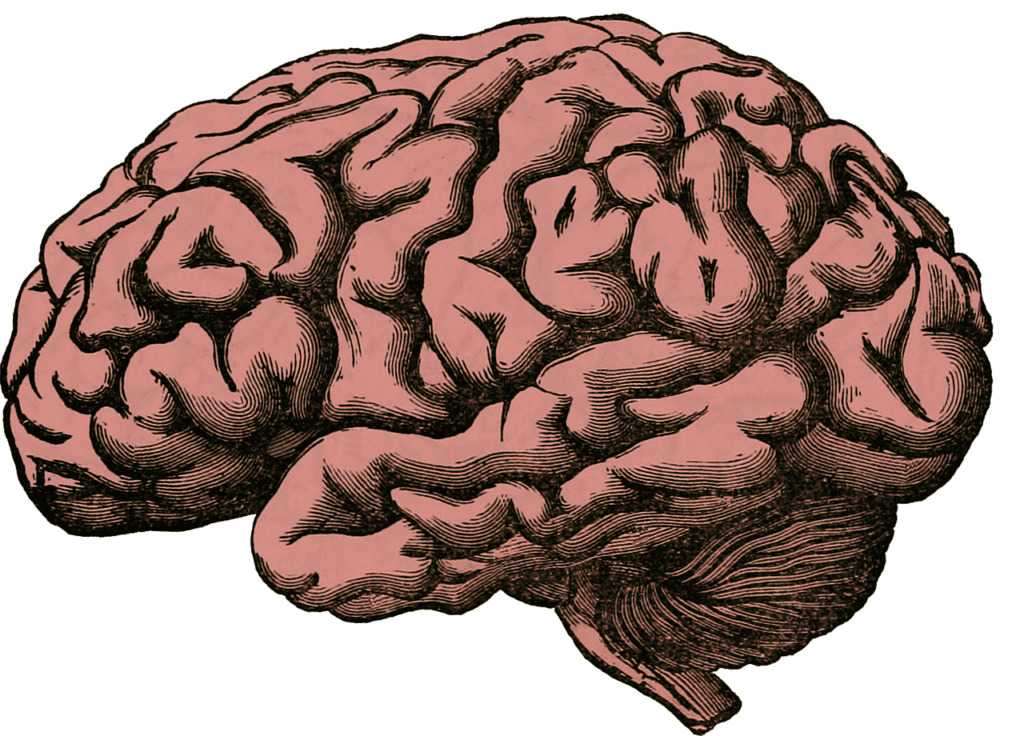According to a story by CBS News, an unsuspecting virus may become a potential treatment for brain cancer. The study showed that those who were given a genetically modified version of poliovirus were able to better fight off against the glioblastoma.
What is Glioblastoma?
Glioblastoma is a rare type of brain cancer formed by astrocyte cells. The cancer typically begins in the cerebrum in adults, but the tumors also grow quickly and become malignant. Glioblastomas are known to grow pretty quickly, and some symptoms of the cancer include changes in mood, persistent headaches, vomiting, and seizures. There are currently four treatment options available for the condition. To read more about glioblastoma, click here.
Drastic Implications
The new discovery, however, could have drastic implications for the future of glioblastoma treatment, according to David Agus, MD.
“Millions of people around the globe are affected by viruses from HIV to hepatitis to Ebola and the knowledge of viruses has translated to a big advance here in glioblastoma. . . This really is the first major hope in treating recurrent glioblastoma,” the USC Norris Westside Cancer Center director stated.
The modified poliovirus treatment is administered through a tube into the brain. After reaching the tumor, the viral medication is recognized as foreign, and from there the body attacks it.
One study participant, Michael Niewinski, vouched for the treatment, which he received last August, and explained that he saw recent tumor shrinkage as a result.
“I’m pain-free, symptom-free,” said Niewinski.
The Study
The details of the study include 61 patients who had brain tumors that returned after prior treatments. Survival of the patients stayed around the median, roughly a year, which was similar to a group of patients at Duke who were treated with other medications.
However, patients that made it past the two-year mark saw incredibly encouraging results compared to those who were on standard treatments. In terms of numbers, survival rates for the poliovirus group is 21% compared to 14% for the compared group. These results were reported at years two and three, and the numbers did not change.
The First Patient
The first patient to use this new treatment in the study, Stephanie Hopper, suggested that the treatment allowed her to complete college and become a nurse.
“I believe wholeheartedly that it was the cure for me. . . Most people wouldn’t guess that I had brain cancer,” Hopper said.
Though these results are encouraging, there are some risks and side effects associated with the poliovirus option as well. Around 66% of patients experienced side effects like seizure, headaches, muscle weakness, and more. That being said, medical professionals emphasized that these are from immune responses from the brain and that nobody on the treatment should develop polio virus.
This was, however, to be expected given the nature of the study.
“It’s certainly risky as any treatment is, but unfortunately, at this stage of the disease you’re willing to take risks because the patients may have weeks to months to live with this form of brain cancer,” said Dr. Agus.
Funding
Funding from federal grants as well as some charity groups enabled the National Cancer Institute to make the modified form of poliovirus. Moreover, a second study utilizing the poliovirus treatment in combination with chemotherapy is currently underway at Duke University.
The results of this study should lead us further to a potential newly effective glioblastoma treatment. To read more about the research, click here.







